he Morocco pavilion at Expo 2020 merges classic and the contemporary, taking inspiration from the country’s ancient villages by using rammed earth construction. “It’s about taking ancient techniques and giving them a contemporary presence,” says architect Tarik Oualalou.
World Expos have long been a playground for architects and inventors to showcase their vision for the future, and this year’s is no different. Expo 2020 Dubai, which opened its gates in October after being delayed by the pandemic, has a central theme of “connecting minds, creating the future.”There is a spotlight on sustainability, which after a year of global floods, droughts, wildfires and heatwaves, couldn’t be more timely. The Morocco pavilion, designed by Tarik Oualalou, presents a vision for more sustainable housing.Constructed of rammed earth, an ancient technique used in Moroccan villages, the pavilion offers an alternative to carbon-intensive steel or concrete. It was built using only materials found within a 5-kilometer (3-mile) radius of its location, Oualalou tells CNN.”What we wanted to do is lift this tradition from the vernacular into almost an industrial dimension,” he says. “It’s the highest building ever built with this technology.”
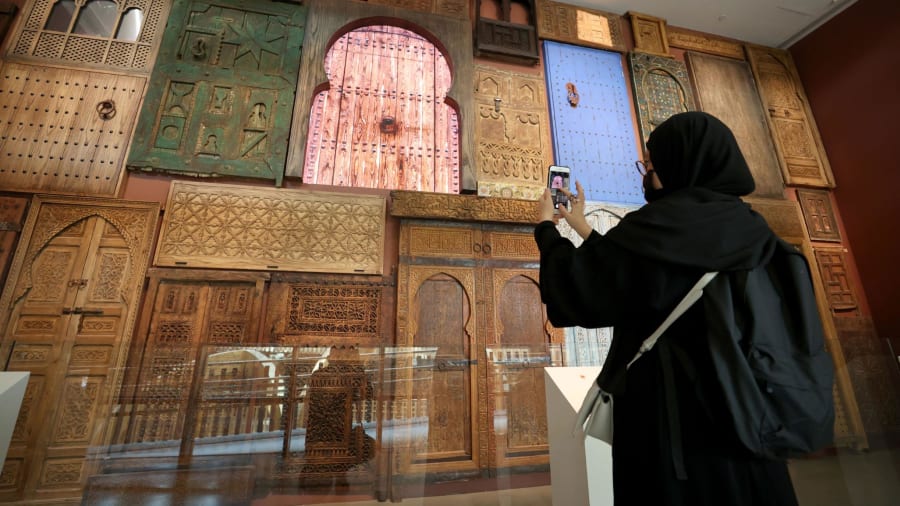
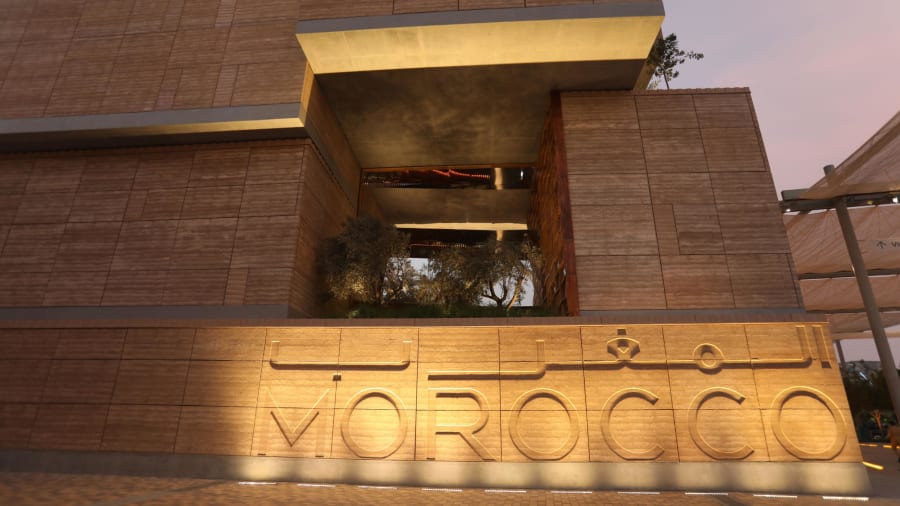
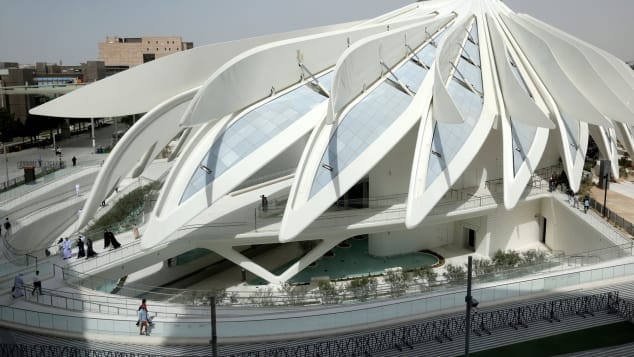

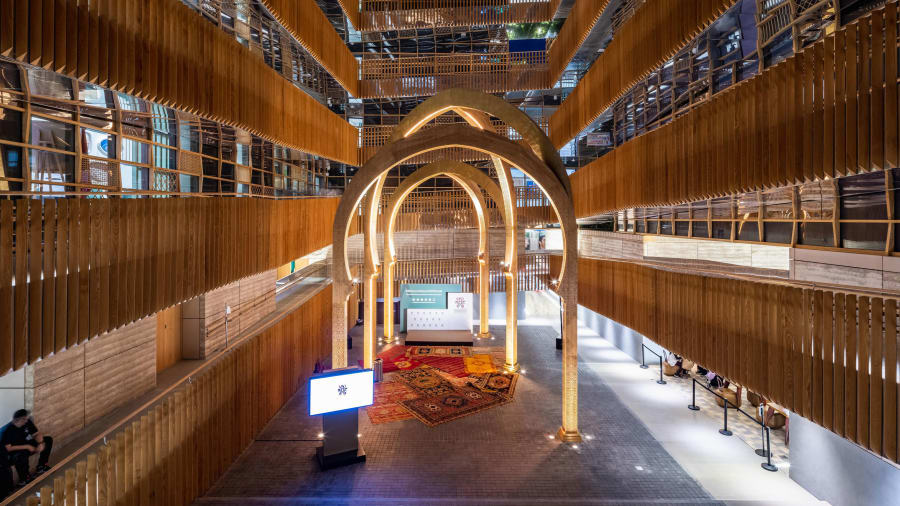
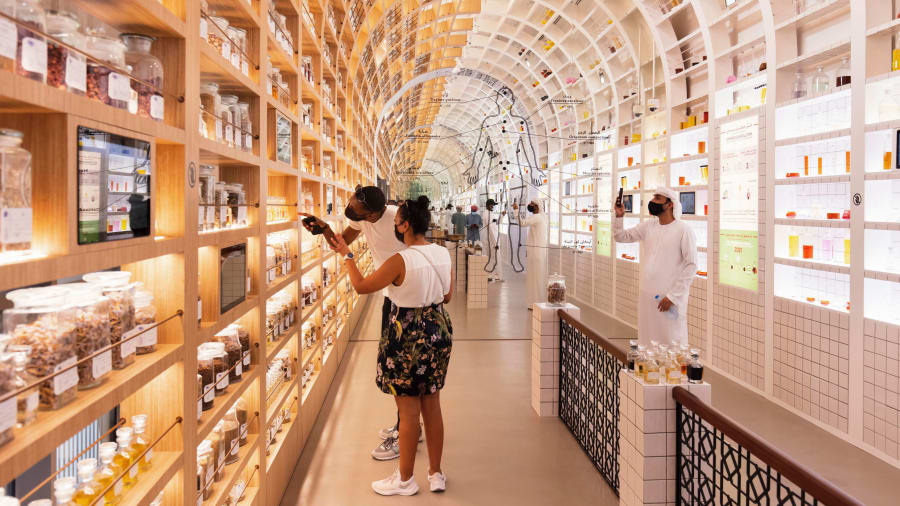
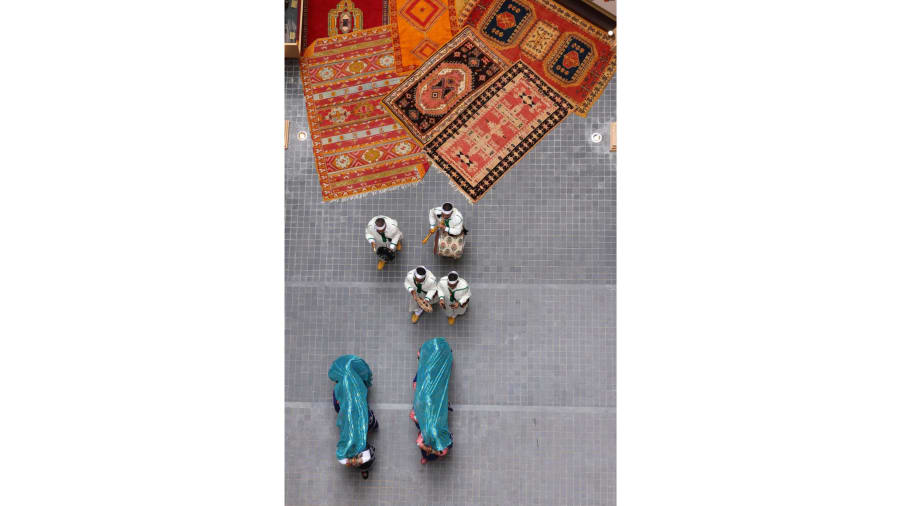
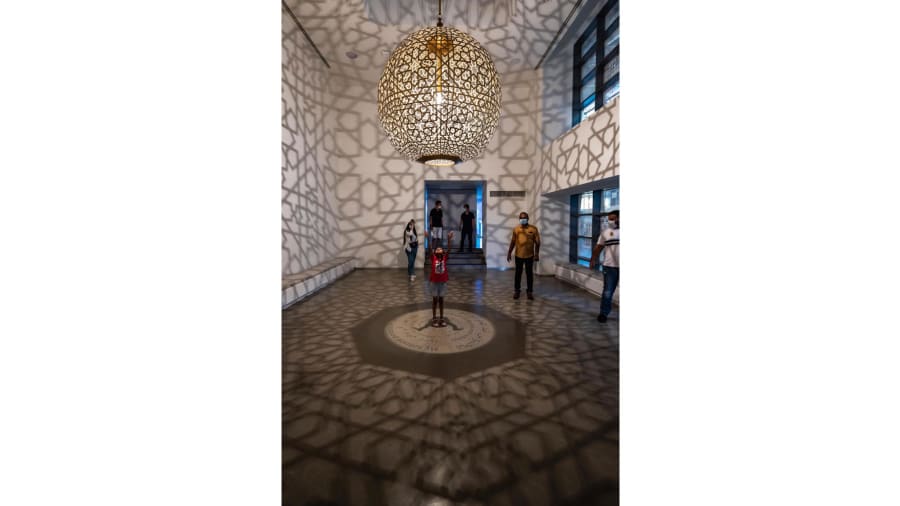
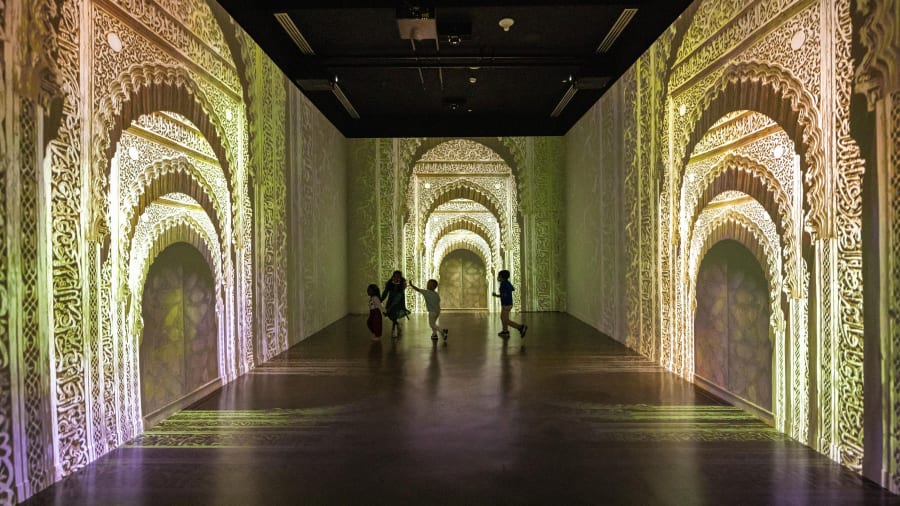
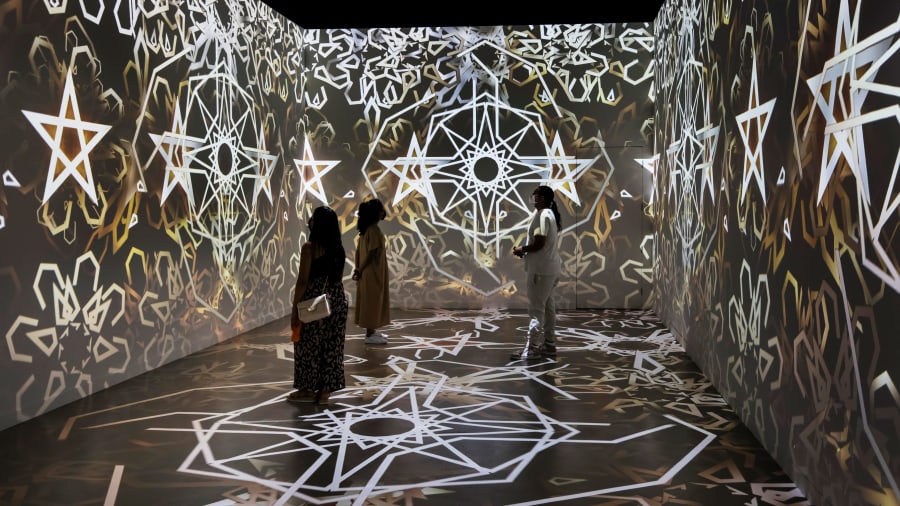
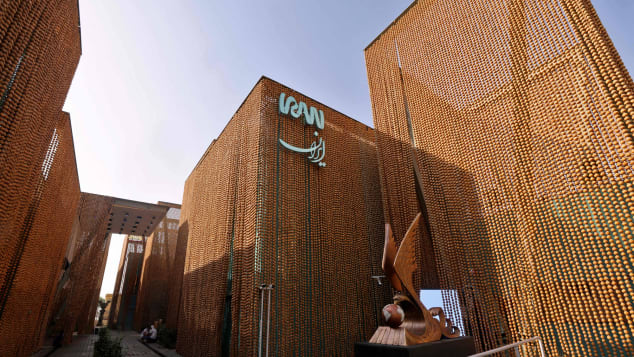
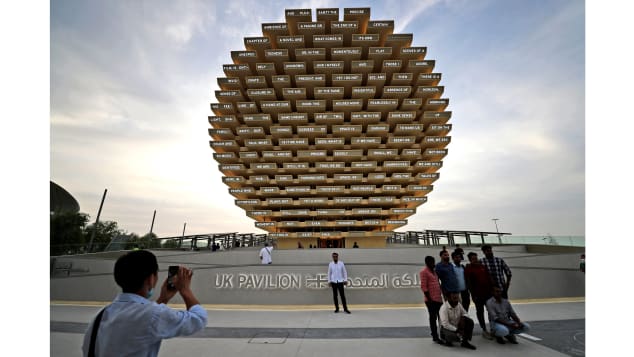
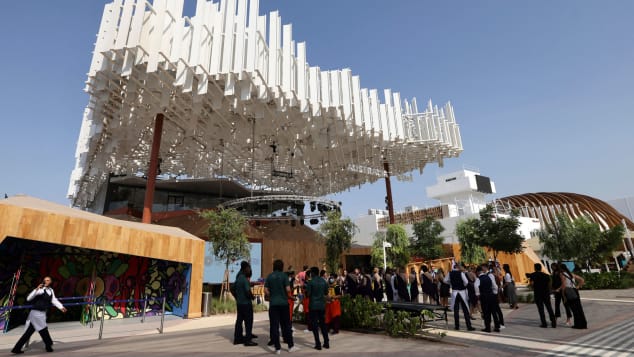
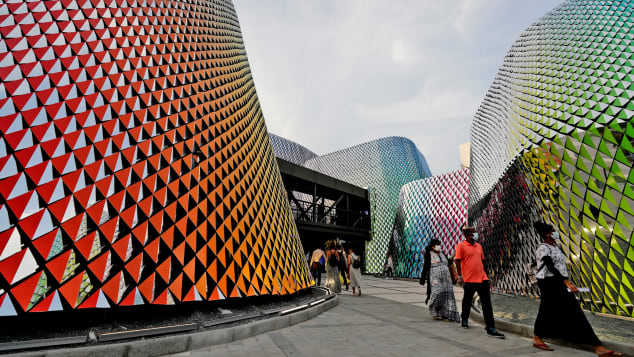
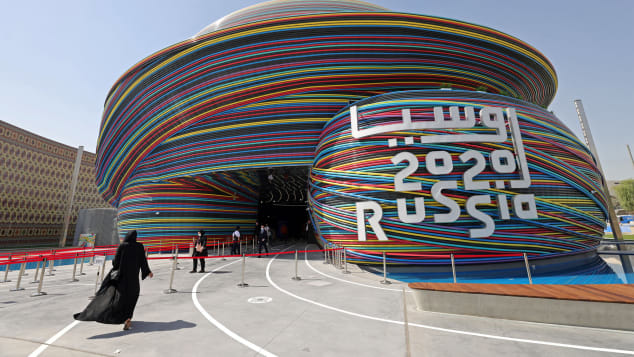
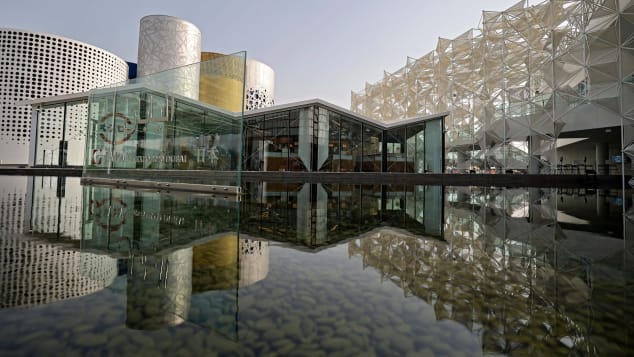
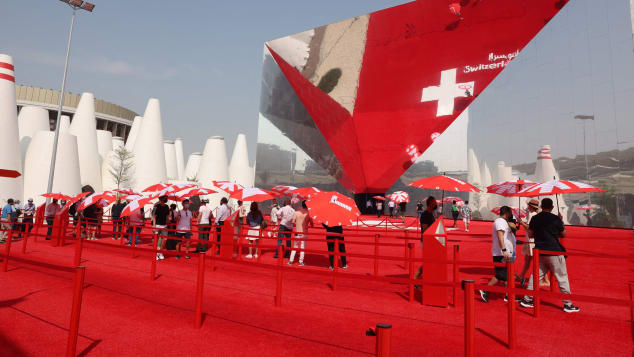
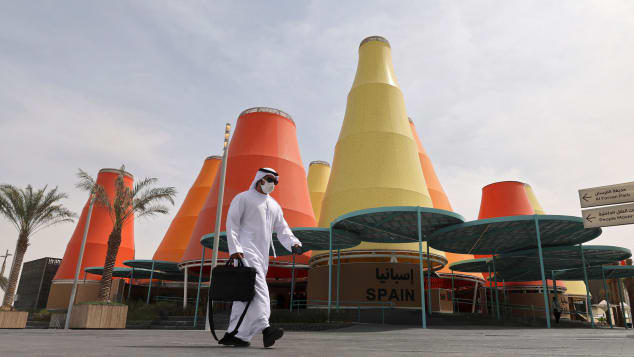
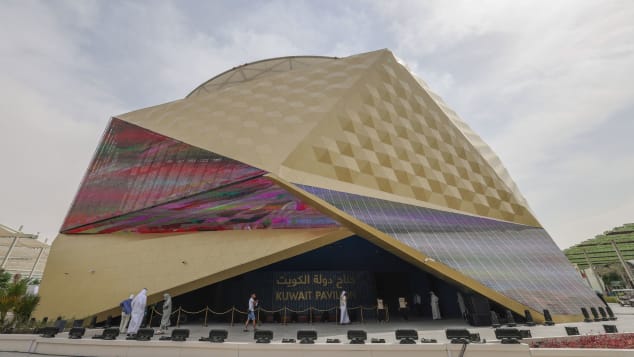
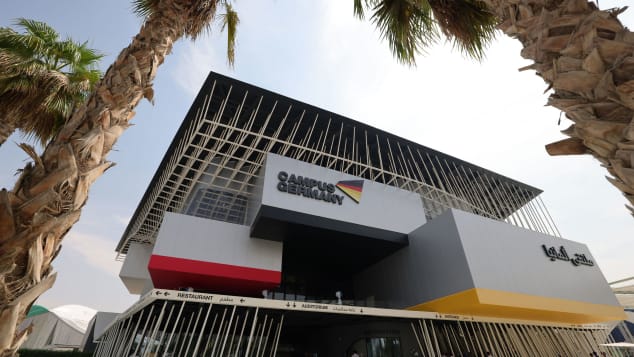
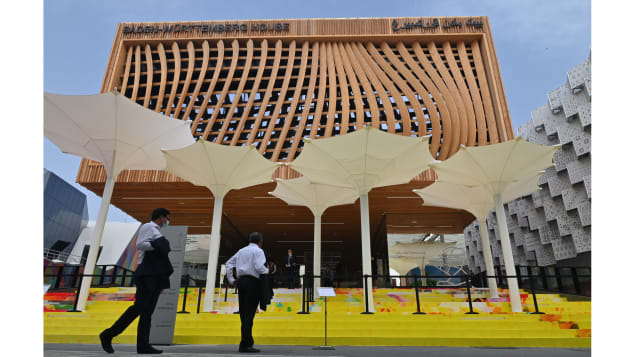
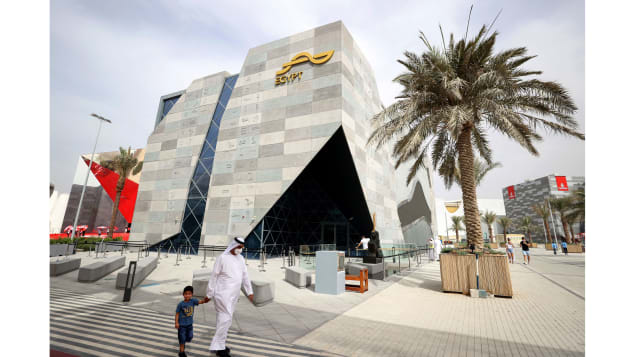
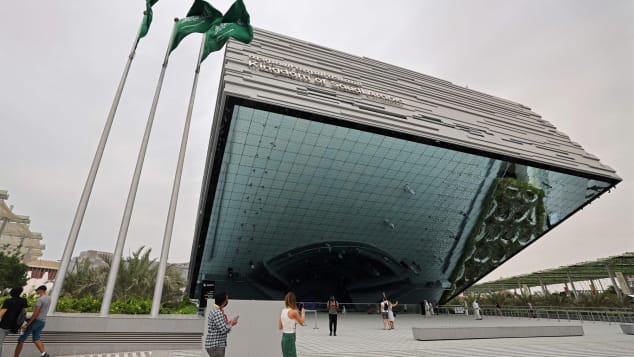
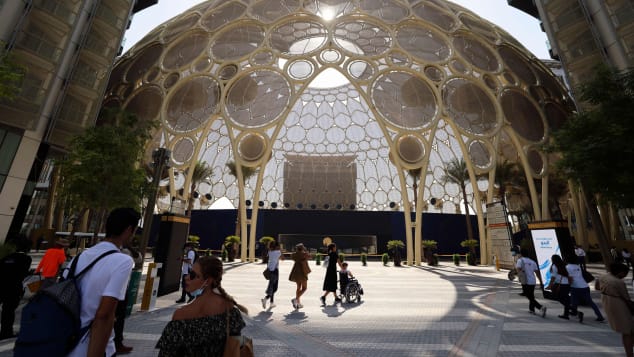
The 108-foot-high building is airy, centered around a courtyard like in traditional Moroccan riad homes, and the thickness of the walls helps to keep the interior up to 15 degrees Celsius (59 degrees Fahrenheit) lower than outside, explains Oualalou. This means that very few spaces in the pavilion are air conditioned, he says — quite remarkable in Dubai where temperatures can soar more than 40 degrees Celsius (104 degrees Fahrenheit).
Not only is the pavilion built like a Moroccan village, consisting of 22 houses stacked on top of each other connected by a single winding street, but it will also become real housing. In five months, when the Expo ends, the pavilion will be transformed into a block of apartments.”The sense of community we’re creating will then last longer,” says Oualalou.
Source: https://edition.cnn.com/

